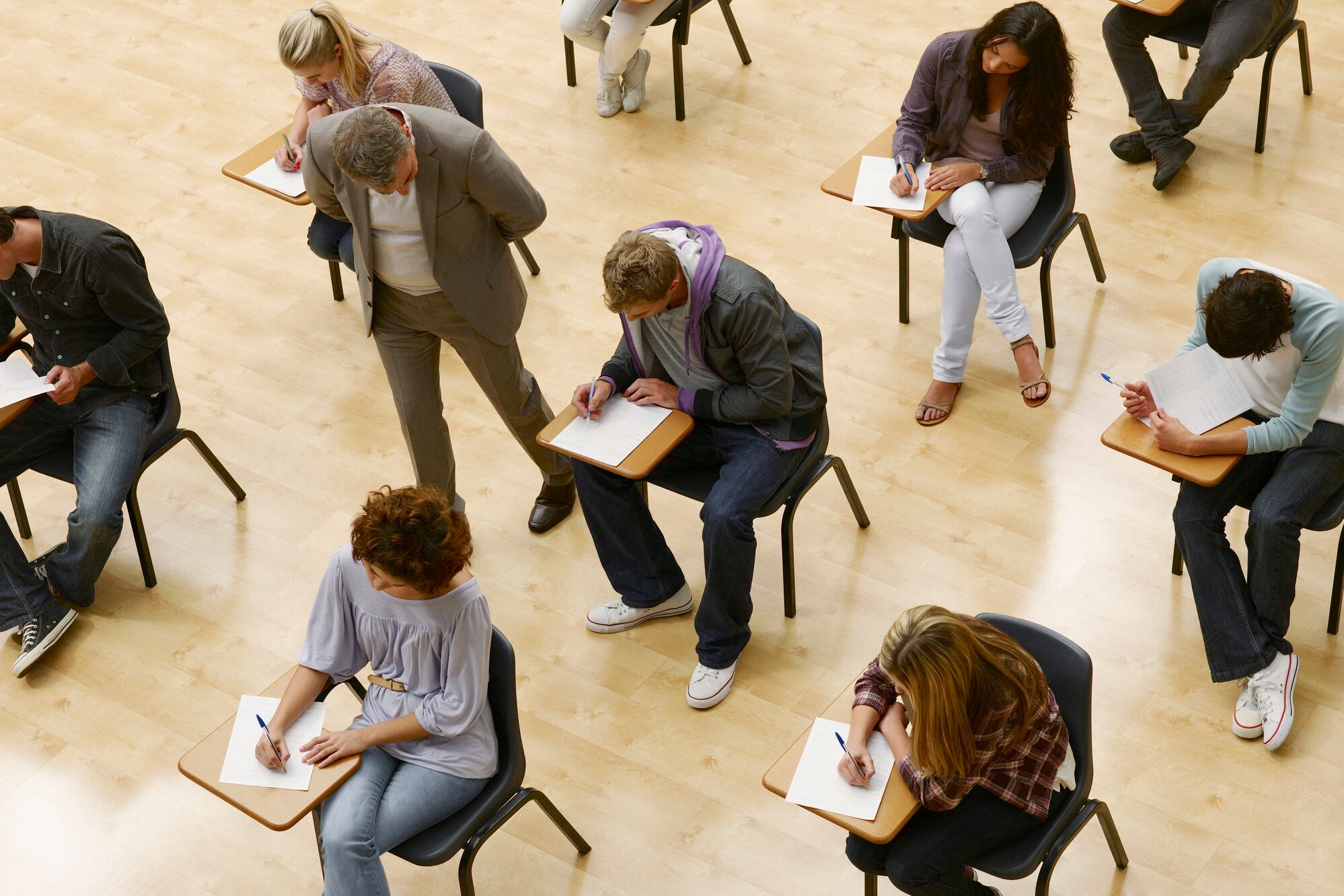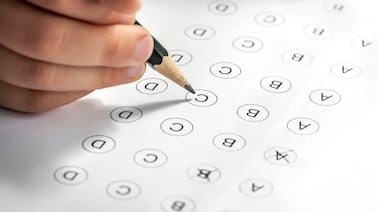Half of Indiana’s high school juniors tested as college-ready in reading and writing on the SAT in 2022, but only around one-third met readiness benchmarks in math, according to Indiana Department of Education data released Wednesday.
The SAT scores also show major disparities in college preparedness between student groups.
Last spring was the first time that juniors took the SAT as a graduation requirement, as the state moved away from its previous assessment for older students — known as the ISTEP — in order to better measure students’ postsecondary readiness.
The state Board of Education approved the score thresholds required to show college readiness on Wednesday, but didn’t discuss the results at length.
Students needed to score a 480 out of 800 in reading and writing and 530 out of 800 in math to be considered college-ready — the same benchmarks set by the College Board, which administers the SAT.
The gaps between student groups were particularly pronounced in math, where only 5.5% of English learners and 7% of students with disabilities were college-ready.
Around 10% of Black students, 16% of Hispanic students, and 20% of American Indian students met the readiness benchmark in math, while rates for multiracial and Native Hawaiian students hovered around 25%. Meanwhile, 37% of white students and 53% of Asian students were considered college-ready in math.
Reading and writing scores were higher overall than math results, but significant disparities persisted in those subjects. Around 62% of Asian students and 58% of white students met college-ready benchmarks, compared to one-third of Hispanic students and one-quarter of Black students.
Around 16% of students in special education and 7% of English language learners met the readiness standard.
Because this is the first year that juniors took the SAT en masse, results from previous years aren’t available. But earlier this summer, Indiana reported a notable decline in the share of students who are heading to college. That rate dropped 6 percentage points from the class of 2019 to 53% for the graduating class of 2020.
Students who don’t pass the SAT have alternative ways to meet their graduation requirements, like taking the ACT or demonstrating military aptitude or career readiness.
Aleksandra Appleton covers Indiana education policy and writes about K-12 schools across the state. Contact her at aappleton@chalkbeat.org.






